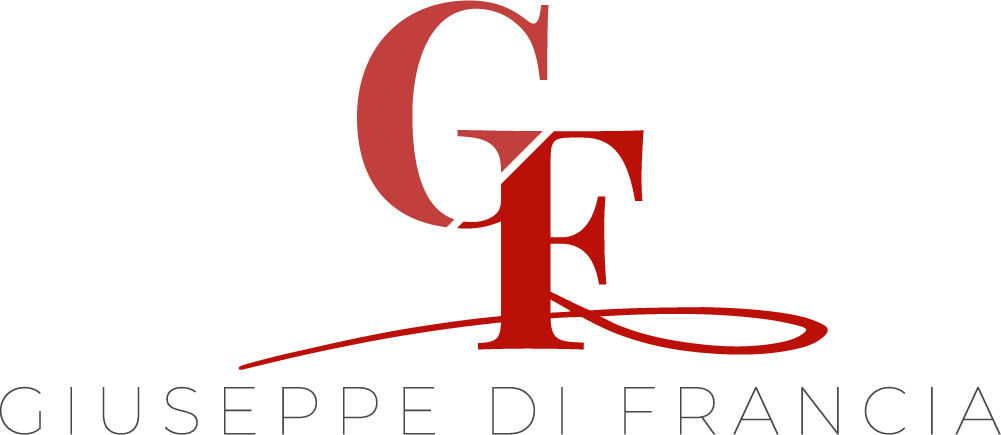Some people also take oral capsules that stop skin glands from producing oil. So, alcohol may not be the primary cause of “alcoholic nose.” However, it does cause red, inflamed skin and can trigger rosacea and rhinophyma. Many people with rhinophyma achieve excellent results with appropriate treatment. Modern surgical techniques can restore near-normal nasal appearance even in severe cases, while medical management can prevent progression and improve symptoms in earlier stages. Starting treatment early in the course of rosacea can help prevent progression to more severe forms like rhinophyma.

What Is an Alcohol Nose?

Using the term “alcoholic nose” only makes the stigma stronger and even keeps people from getting the support they need. In the past, people believed that heavy drinking caused this condition, but Twelve-step program modern-day research doesn’t entirely support that idea. While alcohol can increase one’s risk of rosacea or temporarily worsen it by increasing facial redness or flushing, it does not cause rhinophyma itself.
Cocaine Withdrawal Signs and Symptoms
Additionally, people with an alcoholic nose should avoid triggers like spicy foods, extreme temperatures, and stress. Alcoholic is just one, but it can be a crucial indication that it’s time to get help. You may have heard the term “alcoholic nose” used to describe a red, swollen, or bulbous nose, often linked to heavy drinking.
- That said, initial research suggests that heavy drinking can make rhinophyma worse if you already have the condition.
- Fields, an early 20th-century American actor known for his heavy drinking, who called the bumps on his enlarged nose “gin blossoms”.
- While alcohol can trigger facial redness, it’s not the root cause of Rhinophyma.
- Alcoholism’s physical effects extend beyond the internal organs to the external features of the body.
Recover and Restore Your Health with Hart Rehab
The condition behind this appearance is called rhinophyma, a severe form of rosacea that leads to thickened skin, visible blood vessels, and facial redness. Despite its misleading nickname, “alcoholic nose” – medically known as rhinophyma – isn’t necessarily caused by alcohol consumption. This chronic skin condition, characterized by a red, swollen, and bumpy appearance of https://rafconcept.ro/ibuprofen-addiction-signs-overdose-side-effects/ the nose, has historically been incorrectly linked to excessive drinking. At Alpas Wellness, we often help patients understand the true nature of this condition and its relationship to rosacea. This common skin disorder can affect anyone regardless of their drinking habits. Chronic alcohol use can exacerbate underlying skin conditions, resulting in the abnormal enlargement of sebaceous glands, inflammation, and vascular changes in the skin of the nose.

We are committed to helping individuals achieve lasting recovery and build a healthy, fulfilling life. In the past, and even in modern times, rhinophyma was largely considered to be a side-effect of alcoholism or alcohol use disorder. Someone who has a bulbous, swollen red nose may suffer from incorrect judgments and assumptions about their character and substance use habits. A purple nose can be caused by rosacea, a skin condition that affects blood vessels.
Triggers of Alcohol Red Nose
These may include medications to manage the symptoms, laser therapy to reduce redness and remove excess tissue, or surgical procedures to reshape the nose. Alcoholism’s physical effects extend beyond the internal organs to the external features of the body. One such physical manifestation that has been observed in some individuals with alcoholism is a purple or reddish discoloration of the nose. This phenomenon, often referred to as “alcoholic nose” or “drinker’s nose,” is characterized by the dilation of blood vessels and the appearance of a purplish hue on the nose’s surface.
LEVELS OF CARE
A combination of medical therapies and lifestyle modifications tailored to the individual’s condition is often necessary for comprehensive management. These may include avoiding known rosacea triggers and implementing skincare routines that minimize irritation and support skin health. Rhinophyma, commonly referred to as “alcohol alcoholics nose nose,” is a condition characterized by an enlarged and reddened nose. Diagnosing rhinophyma involves a comprehensive approach, including a physical examination and a review of the patient’s medical history. Rosacea is a chronic skin condition, while rhinophyma is a severe form of rosacea that specifically affects the nose. While alcohol nose does not directly imply addiction, it can be a visible manifestation of long-term alcohol abuse for some people.
How to Prevent Rhinophyma
However, frequent and excessive drinking can lead to several problems with the skin. Nevertheless, lengthy alcohol usage can induce other skin problems, like liver disease. For a long time, it was widely accepted that Rhinophyma was caused by alcohol use disorder. Treatment for an alcoholic nose condition includes reducing alcohol consumption, regular exercise, and increasing your intake of fresh fruits and vegetables. It is characterized by redness, swelling, and bumpiness around the nose due to broken blood vessels.



